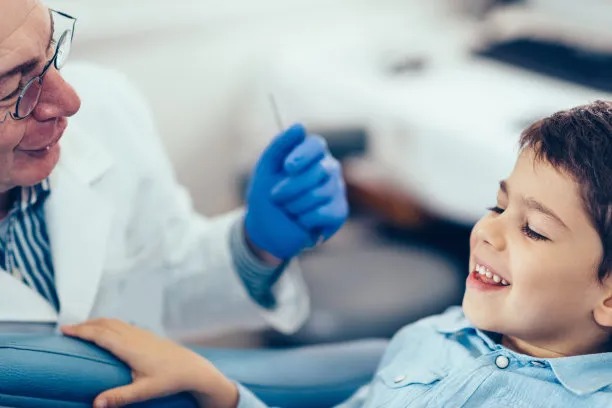Essential Guidelines to Follow After Dental Filling to Ensure Optimal Oral Health and Recovery
Summary: After receiving a dental filling, optimal oral health and recovery depend on adhering to specific guidelines. This article outlines essential practices following a dental filling, focusing on dietary restrictions, proper dental hygiene, pain management, and regular follow-up appointments. By understanding these principles, patients can ensure a smooth recovery process while maximizing the longevity of their dental fillings.
1. Understand Diet Restrictions After Filling

One of the key aspects to consider after getting a dental filling is dietary restrictions. For the first 24 hours post-procedure, it’s advisable to avoid hard, crunchy, or sticky foods. Such foods can stress the newly filled tooth and potentially dislodge the filling.
In addition to avoiding specific textures, patients should also steer clear of hot and cold beverages immediately following the filling. The sensitivity after dental work can be heightened, making extreme temperatures uncomfortable and even painful. Opting for room-temperature drinks during this period can aid in maintaining comfort.
Once the initial recovery period passes, slowly reintroducing different foods is essential. Monitoring how your tooth reacts to various foods can help identify any that cause discomfort, ensuring better long-term oral health.
2. Maintain Excellent Oral Hygiene
Maintaining proper oral hygiene is crucial after a dental filling. Patients should continue brushing and flossing, but care is needed right after the treatment. Initially, focus on gentle brushing around the area of the filling to avoid irritation while ensuring the rest of the mouth remains clean.
Additionally, its important to choose the right dental products. Opt for fluoride toothpaste to aid in strengthening tooth enamel and preventing decay around the filling. Flossing should be gently resumed post-procedure, as it helps remove food particles that may get trapped around the filled tooth.
Using an antiseptic mouthwash can also enhance oral hygiene post-filling. This helps in reducing bacteria in the mouth, ensuring the filled tooth and surrounding areas remain infection-free as they heal.
3. Manage Pain and Discomfort Effectively
After dental fillings, it’s common to experience some discomfort. Over-the-counter pain relievers, such as ibuprofen or acetaminophen, can effectively manage any pain experienced. Always consult with your dentist to confirm the best option based on your specific situation.
Applying a cold compress to the outside of the jaw can also alleviate swelling and discomfort. This method is effective in the first few hours after the procedure and can be repeated as needed. Make sure to alternate heat and cold therapy after the first day if soreness persists.
Listening to your body is crucial during recovery. If pain continues or intensifies beyond the expected recovery period, it’s essential to contact your dentist to assess for any underlying complications.
4. Schedule Regular Follow-Up Appointments
After receiving a dental filling, it’s essential to schedule any recommended follow-up appointments to ensure the filling is well-placed and functioning correctly. These appointments provide your dentist an opportunity to check the filling and surrounding teeth for any signs of issues or irregularities.
During follow-ups, many patients opt for professional cleanings to maintain overall oral health. This habit can help in monitoring the health of your filled tooth, ensuring it remains free of decay.
Furthermore, establishing a regular dental check-up schedule every six months can help maintain the longevity of your dental fillings. Consistent visits allow for early detection of potential problems, preserving both your health and your dental investments.
Summary:
Practicing proper guidelines after a dental filling can directly influence recovery and long-term dental health. Following dietary restrictions, maintaining excellent oral hygiene, managing pain appropriately, and scheduling regular follow-up appointments are fundamental to achieving optimal recovery. Each of these aspects plays a vital role in ensuring that both the filling and overall oral health are preserved.
This article is compiled by Vickong Dental and the content is for reference only.


